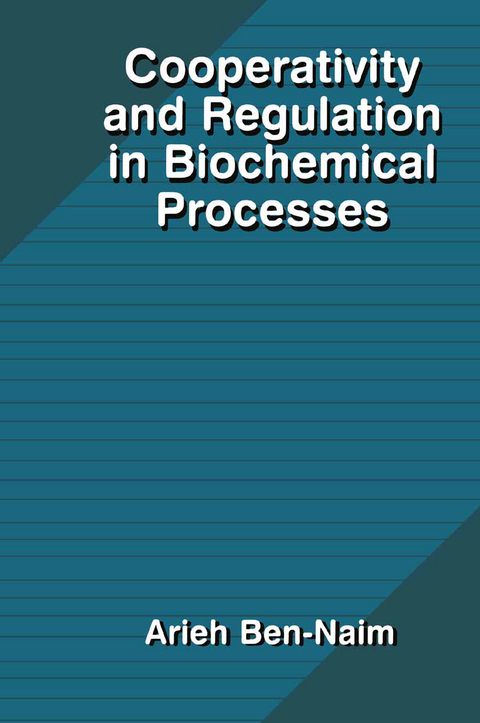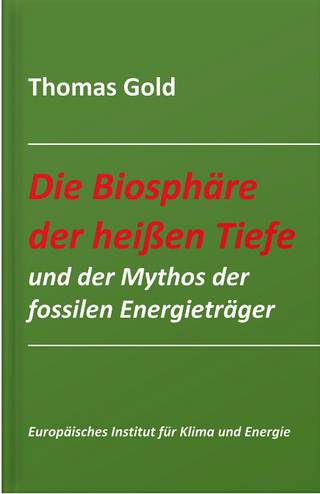
Cooperativity and Regulation in Biochemical Processes
Kluwer Academic/Plenum Publishers (Verlag)
978-0-306-46331-0 (ISBN)
This book evolved from a graduate course on applications of statistical thermody- namics to biochemical systems. Most of the published papers and books on this subject used in the course were written by experimentalists who adopted the phenomenological approach to describe and interpret their results. Two outstanding papers that impressed me deeply were the c1assical papers by Monod, Changeux, and Jacob (1963) and Monod, Wyman, and Changeux (1965), where the allosteric model for regulatory enzymes was introduced. Reading through them I feIt as if they were revealing one of the c1everest and most intricate tricks of nature to regulate biochemical processes. In 1985 I was glad to see T. L. HilI's volume entitled Cooperativity Theory in Biochemistry, Steady State and Equilibrium Systems. This was the fIrst book to systematically develop the molecular or statistical mechanical approach to binding systems. HilI demonstrated how and why the molecular approach is so advanta- geous relative to the prevalent phenomenological approach of that time.
On page 58 he wrote the following (my italics): The naturalness of Gibbs' grand partition function for binding problems in biology is evidenced by the rediscovery of what is essentially the grand partition function for this particular type of problem by various physical biochentists, including E. Q. Adams, G.
1 Introducing the Fundamental Concepts.- 2 The Binding Isotherm.- 3 Adsorption on a Single-Site Polymer with Conformational Changes Induced by the Binding Process.- 4 Two-Site Systems: Direct and Indirect Cooperativity.- 5 Three-Site Systems: Nonadditivity and Long-Range Correlations.- 6 Four-Site Systems: Hemoglobin.- 7 Large Linear Systems of Binding Sites.- 8 Regulatory Enzymes.- 9 Solvent Effects on Cooperativity.- Appendices.- A. Pair and Triplet Correlations between Events.- B. Localization of the Adsorbent Molecules and Its Effect on the Binding Isotherm.- C. Transition from Microstates to Macrostates.- D. First-Order Correction to Nonideality of the Ligand’s Reservoir.- E. Relative Slopes of Equilibrated and “Frozen-in” BIs in a Multimacrostate System.- F. Spurious Cooperativity in Single-Site Systems.- G. The Relation between the Binding Isotherm and the Titration Curve for Two-Site Systems.- H. Fitting Synthetic Data.- I. A Comment on the Nomenclature.- J. Average Binding Constants and Correlation Functions.- K. Utility Function in a Binding System.- Abbreviations Used in the Text.- References.
| Erscheint lt. Verlag | 28.2.2001 |
|---|---|
| Zusatzinfo | XVII, 349 p. |
| Verlagsort | New York |
| Sprache | englisch |
| Maße | 155 x 235 mm |
| Themenwelt | Naturwissenschaften ► Biologie ► Biochemie |
| Naturwissenschaften ► Chemie ► Organische Chemie | |
| ISBN-10 | 0-306-46331-8 / 0306463318 |
| ISBN-13 | 978-0-306-46331-0 / 9780306463310 |
| Zustand | Neuware |
| Haben Sie eine Frage zum Produkt? |
aus dem Bereich


